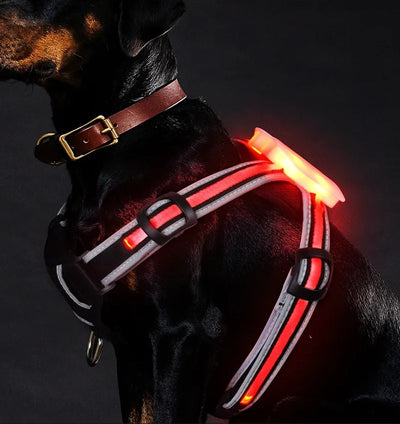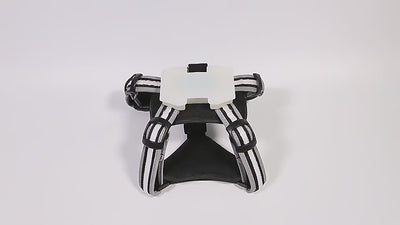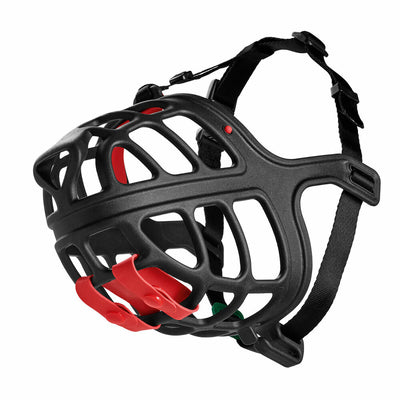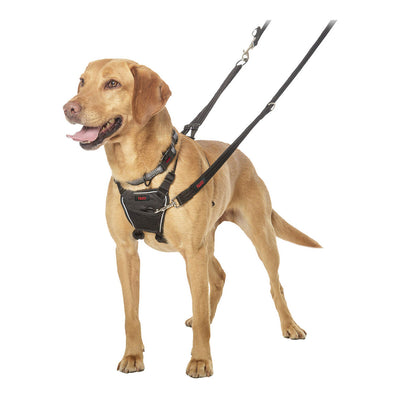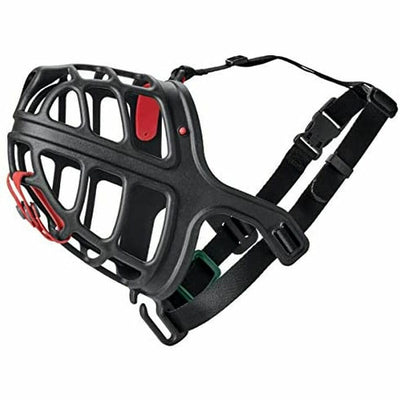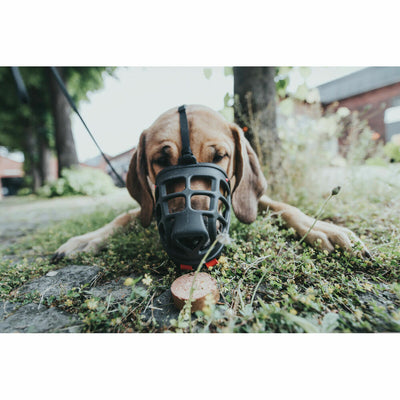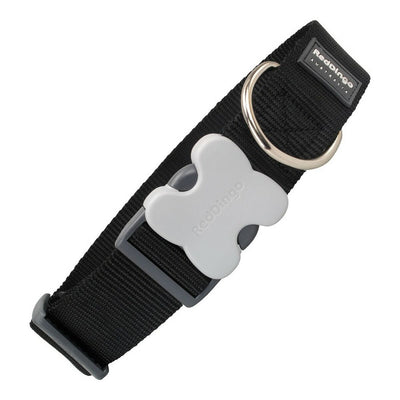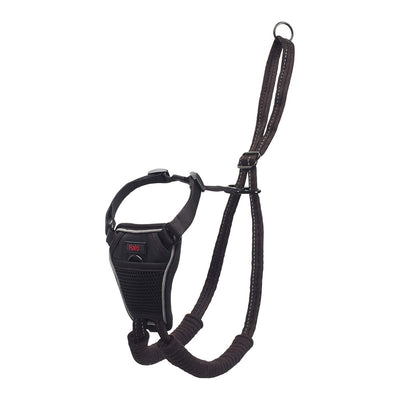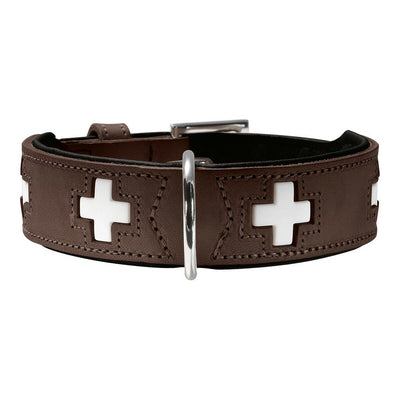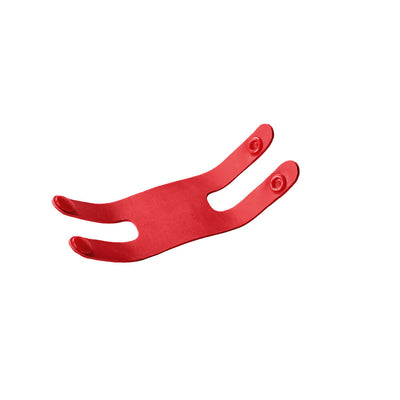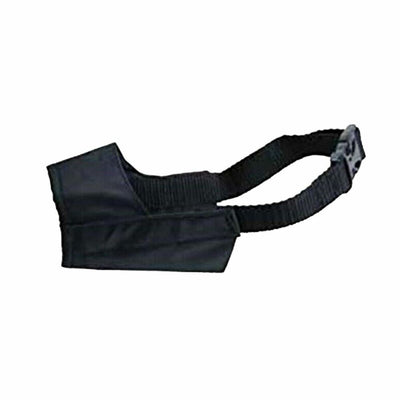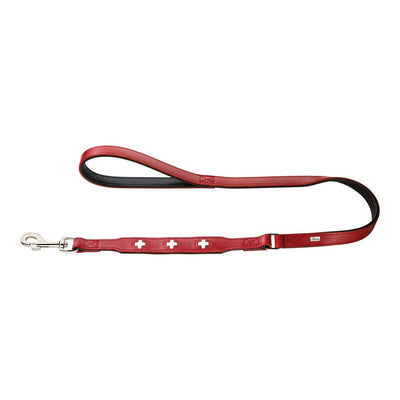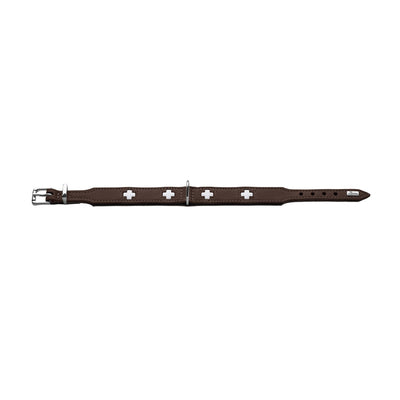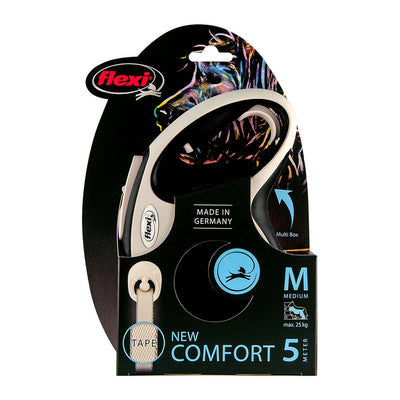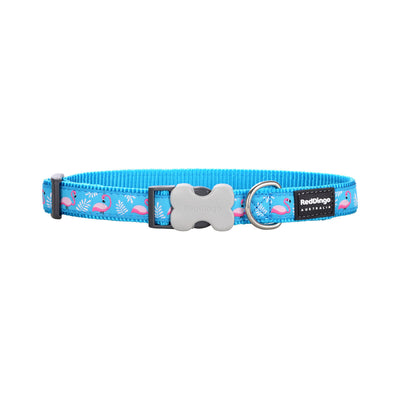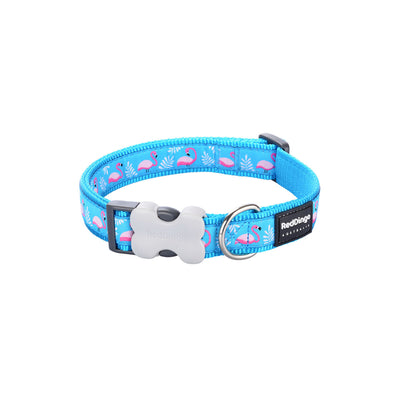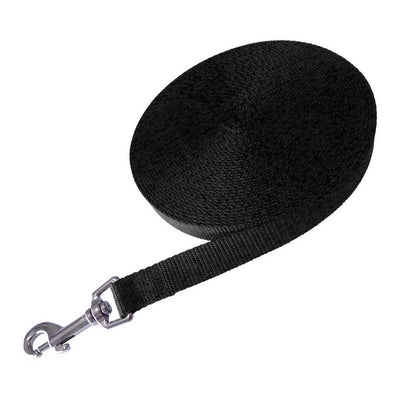
Collars, harnesses and leashes for dogs
Dog collars, harnesses and leads – Useful information from All4Pets
Welcoming a furry friend into your life brings joy of companionship and the responsibility of looking after their well-being. An essential part of this care is choosing the right equipment for daily walks and adventures. This guide explores the world of dog collars, harnesses and leashes to help you make informed decisions for your four-legged companion.
Choosing the right dog collar
Types of Dog Collars
To choose the perfect collar for your four-legged companion, you need to understand the diverse options on the market. Consider the following types:
· Flat collars : Ideal for everyday use and provide comfort with materials such as nylon, leather and fabric.
· Martingale collars : Designed for dogs prone to slipping out, providing control without the risk of choking.
· Prong collars : These are intended for training purposes and should be used carefully and under professional guidance.
· Breakaway collars : Ideal for safety-conscious pet owners. These release under pressure to prevent accidental strangulation.
Size and fit
Proper fit is critical to your dog's comfort and safety. First, measure the circumference of your dog's neck, leaving enough space so that two fingers can fit between the collar and neck. Regular checks and adjustments are necessary, especially as your dog grows. This attention to detail ensures that the collar remains a comfortable yet comfortable accessory.
Material matters
When choosing a collar for your dog, not only the type but also the material is a crucial factor. Check out the options:
· Nylon collars : Valued for their durability and budget-friendliness.
· Leather collars : Stylish and durable, ideal for special occasions.
· Cloth collars : These emphasize comfort but may not be able to withstand strong pulling.
Remember to consider your dog's activity level and possible allergies when deciding on the material that best suits your furry friend.
Discover dog harnesses
Wire harness types
Harnesses are an alternative to dog collars and are available in different designs. Back clip harnesses are ideal for small breeds or dogs with breathing problems as they distribute pressure across the back. Front clip straps prevent pulling, provide more control and are great for training. For versatility , dual clip dog harnesses combine both front and rear clips. Additionally, harnesses gently tighten when the dog pulls, serving as an effective anti-pull solution.
Size and fit considerations
Proper fit is critical to the effectiveness of the harness. Measure your dog's chest circumference and adjust the harness so that it fits well without restricting freedom of movement. A properly fitting dog harness prevents chafing and allows your pet to walk comfortably. Regular checks are essential, especially for puppies who quickly outgrow their harness.
Material selection
Just like collars, there are also harnesses made from different materials. Nylon harnesses are light and often inexpensive. Mesh harnesses provide breathability and are suitable for warmer climates. If you're looking for a stylish option, consider leather dog harnesses , although they may require more care. Choosing the right material will ensure your dog's comfort during walks and adventures.
More about dog leashes
Types of linen
Choosing the right leash complements your chosen collar or harness. Standard dog leashes come in a variety of lengths and materials, offering versatility for different activities. Retractable leashes offer flexibility but require careful handling. Hands-free leashes are great for runners or hikers and provide freedom of movement while keeping your dog securely attached.
Length and material considerations
When choosing a leash, consider the length that suits your walking style and environment. Shorter lines offer more control, while longer lines offer more freedom to explore. Nylon leashes are durable and available in a variety of styles, while leather leashes offer a classic and sturdy option. Adjusting the leash to your dog's size and energy level ensures a comfortable and enjoyable walking experience.
Safety tips for using the leash
Practice safe leash use to avoid accidents and ensure a positive running experience. Always supervise your dog on a leash, avoid wrapping him around your hands and use a sturdy collar or harness. Additionally, consider reflective or lighted leashes for evening walks to increase visibility and safety.
To sum up
In the world of dog collars, harnesses and leashes, an informed decision strengthens the bond between you and your furry friend. Consider your dog's size, behavior and walking habits to choose the perfect collar, harness and leash combination to ensure safe and enjoyable adventures together!


